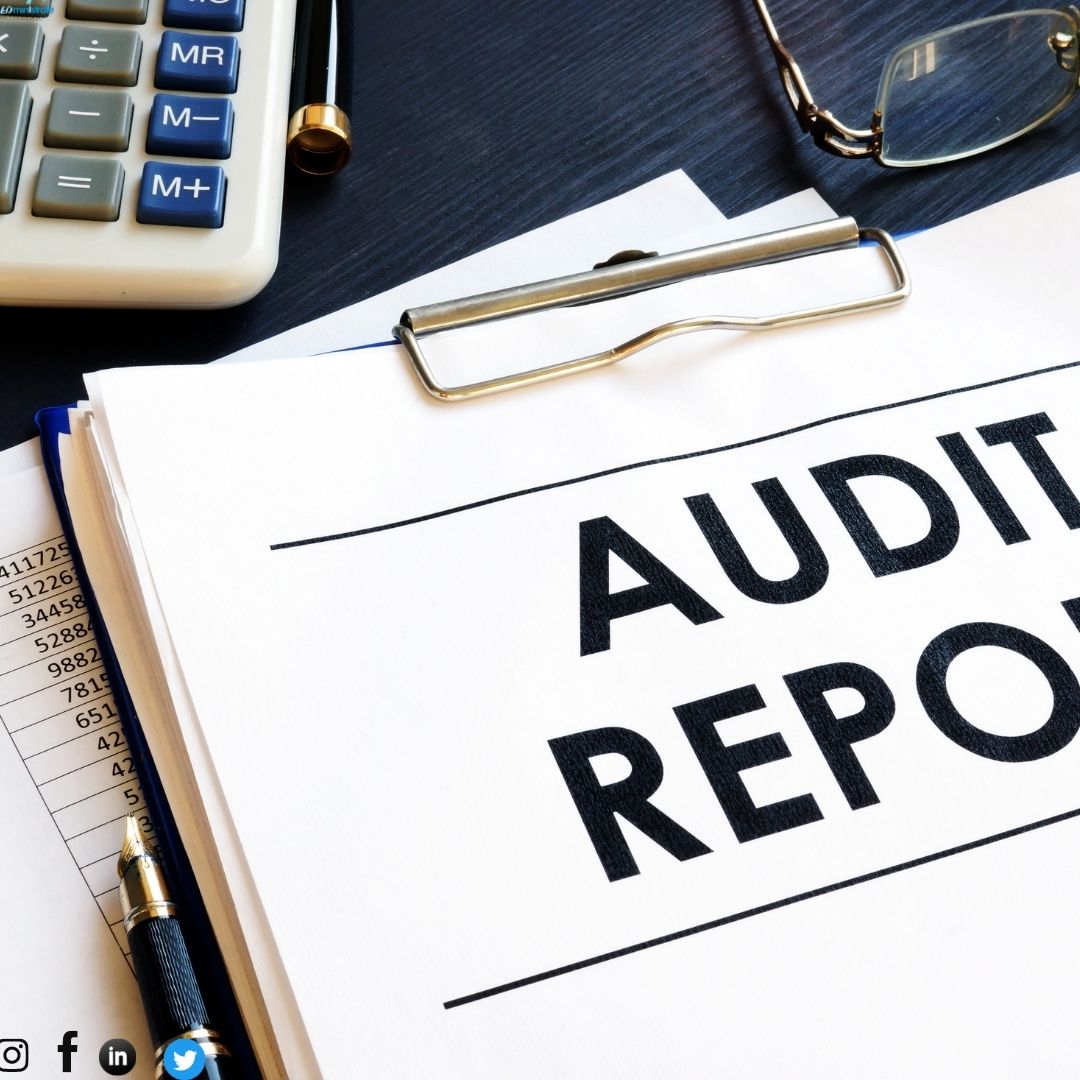If your RTOs performance is not where it should be implementing an internal audit framework can provide assurance on the effectiveness of risk management activities performed by RTO leadership and governance arrangements. There are severe consequences for your RTO if you do not manage risks associated with breaches of regulatory obligations and legislative or contractual requirements that can lead to financial, legal and reputational impacts on your business. Internal audit can identify performance measures and use them to evaluate the effectiveness of improvement processes and procedures. Internal audit does more than just confirm your RTOs compliance with regulatory obligations and contractual requirements. The outcomes of your audit activities can provide value to RTO management and inform them of how to improve the business. Here is some advice from EDministrate on how RTOs can create a framework that will provide oversight of the effectiveness of self-assurance systems and processes.
Planning your internal audits:
RTOs should implement a proper risk-based internal audit programme that will provide valuable data on current and emerging risks in your products and services. By creating a schedule that regularly monitors your operations you can provide RTO management with assurance of your organisations risk management, internal controls and governance processes in place. The process will drive continuous improvement within your RTO and create accountability with staff for meeting regulatory obligations and contractual requirements. Internal audits also identify whether the right processes are in place and where efficiencies or innovations need to be made.
Designing your internal audit approach:
When you develop your RTOs internal audit plan you should identify risks and priority areas that need regular reviewing in your business. Create an internal audit schedule or timetable that determines the frequency of your activity based on the risks identified and levels of severity. The value in your internal audit processes comes from the data you obtain and how effectively you document the audit outcomes. Communicate internal audit outcomes effectively with staff to promote the relationship between risk management and self-assurance. Effective resolution of non-compliance and systemic issues identified is dependent on how well the audit report is written. The internal audit report should provide a clear summary of identified issues, risks, and recommendations to your staff.
Use experienced and qualified auditors:
Having the capability to carry out your internal audits is crucial. Whether you have dedicated internal auditors on staff or you outsource RTO consultants such as EDministrate when required it is essential that you have the necessary expertise to self-assure your operations. The role of the internal auditor is critical in ensuring your RTO is protected from compliance risks and potential regulatory action. Even if your auditors have appropriate qualifications in auditing they still need to know what they are looking at and have knowledge of the VET sector. Ideally your auditors should be dual qualified / experienced in auditing and training and assessment to ensure they have a broad understanding of what they are auditing.
Other feature articles:
What CEOs should do to prepare your annual declaration on compliance on time
Benefits of having your internal audits conducted by an RTO consultant
Beginners guide to internal auditing in your RTO
Quick guide to managing your RTOs scope of registration
Critical things for RTOs to do before an external audit
Implementing systems for self-assurance
How to risk assess your RTO’s scope of registration
References:
Shttps://www.legislation.gov.au/Details/F2019C00503
https://www.asqa.gov.au/standards/compliance-governance
https://www.asqa.gov.au/working-together/self-assurance
https://www.asqa.gov.au/standards/training-assessment/clauses-1.1-to-1.4-2.2
https://www.asqa.gov.au/resources/videos/video-understanding-audits
https://www.asqa.gov.au/resources/faqs/performance-assessment-audit
https://www.asqa.gov.au/rto/renew-registration/how-we-assess







